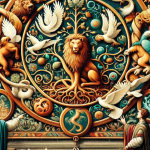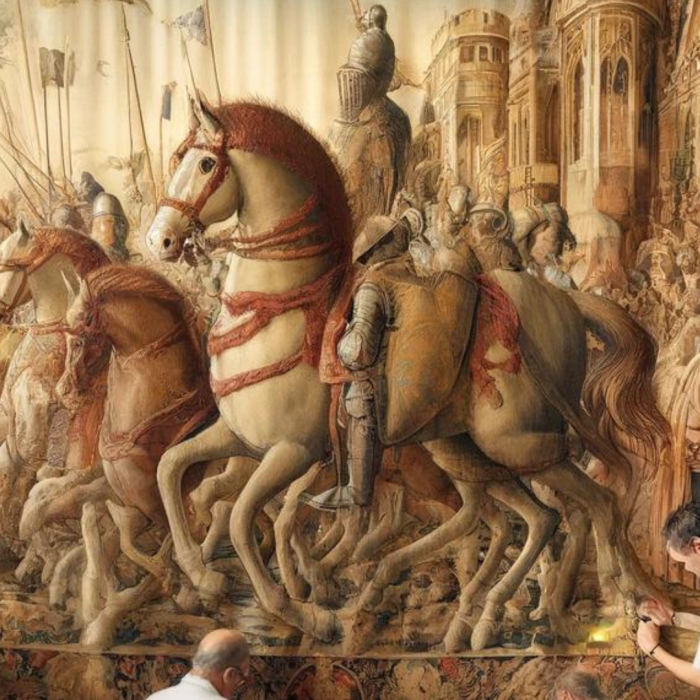The Difference between Tapestries and Wall hangings
Tapestries and wall hangings have long adorned the walls of homes, bringing artistry and warmth to living spaces. These decorative pieces have a rich history, dating back centuries, yet continue to captivate modern interior enthusiasts. In this blog post, we delve into the intricate world of tapestries and wall hangings, unraveling the subtle yet significant differences between the two.
History of Tapestries and Wall Hangings
Tapestries trace their origins to ancient civilizations, where they were not just decorative but also served as insulation against the cold. The art of weaving intricate designs into fabric became a hallmark of craftsmanship in medieval Europe, with tapestries adorning the grand halls of castles and the chambers of royalty. From the famed Bayeux Tapestry depicting the Norman Conquest to the luxurious tapestries of the Renaissance, these pieces have held stories, legends, and historical events within their threads.
On the other hand, wall hangings have a more diverse lineage, with cultures worldwide creating their own versions of decorative wall art. From the vibrant woven textiles of Native American tribes to the delicate silk embroideries of ancient China, wall hangings have been a universal expression of creativity and cultural identity.
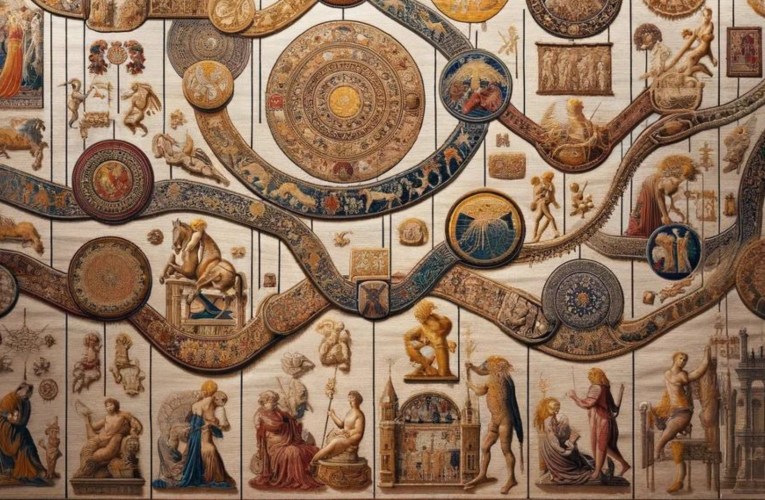
Popularity in Home Decor
Today, both tapestries and wall hangings continue to enchant homeowners and interior designers alike. Their versatility allows them to complement a range of interior styles, from bohemian and eclectic to classic and contemporary. Whether as a statement piece above a bed or a subtle addition to a gallery wall, these decorative elements bring a unique charm to any room.
As we explore the differences between tapestries and wall hangings, we’ll uncover the nuances that set them apart, offering insights into their materials, designs, and functions. So, let’s embark on this journey to understand these beloved decor pieces and discover how they can enhance the beauty of our living spaces.
What Are Tapestries?
Tapestries are exquisite works of art that have adorned walls for centuries, adding both beauty and functionality to interior spaces. Let’s delve into their definition, origin, key characteristics, and historical significance.
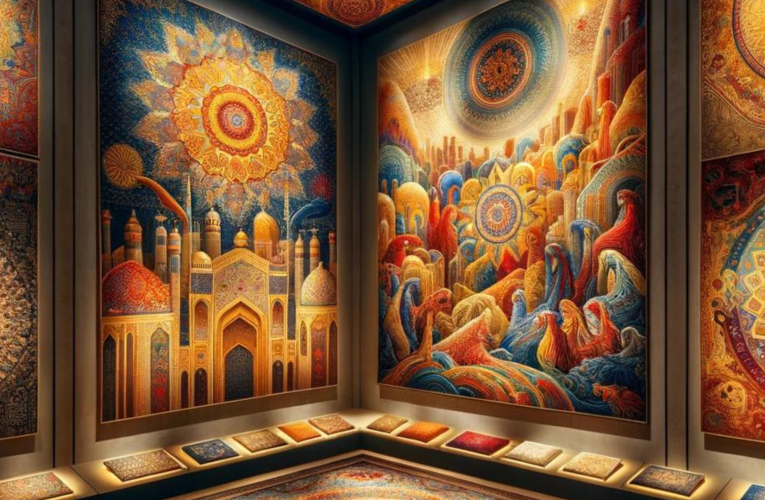
Definition and Origin
A tapestry is a piece of textile art, typically woven by hand on a loom, distinguished by its intricate designs, scenes, or motifs. The word “tapestry” comes from the Greek word “tapis,” meaning “to cover.” These stunning creations have a rich history, dating back to ancient times.
Key Characteristics
- Woven Fabric: Tapestries are woven using various materials such as wool, cotton, silk, and sometimes even gold or silver threads. This weaving process creates a sturdy yet flexible textile.
- Intricate Designs: One of the defining features of tapestries is their elaborate designs. Artists and weavers meticulously craft these pieces to depict historical events, mythical scenes, landscapes, flora, fauna, and more.
- Historical Uses: Tapestries served dual purposes throughout history. In addition to their decorative value, they were also practical. In medieval times, tapestries adorned the walls of castles and manor houses, offering insulation against cold stone walls. They also helped absorb sound, making large, echoing halls more pleasant.
Historical Significance
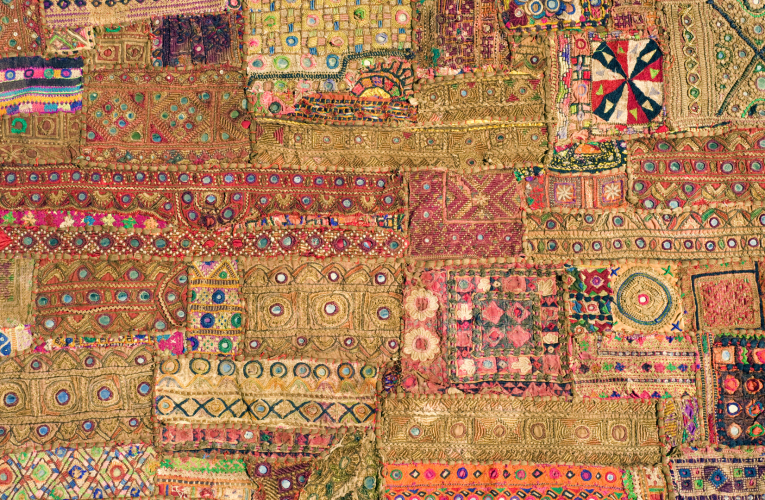
Medieval Tapestries: During the Middle Ages, tapestries were highly prized possessions of royalty and nobility. They were often commissioned to commemorate important events or as symbols of wealth and power.
The Bayeux Tapestry: One of the most famous tapestries in history is the Bayeux Tapestry, which dates back to the 11th century. This 230-foot-long masterpiece depicts the events leading up to the Norman Conquest of England, including the Battle of Hastings in 1066. It is a remarkable example of the artistry and storytelling capability of tapestries.
Artistic Renaissance: The Renaissance period saw a resurgence of interest in tapestries as both decorative and prestigious art forms. Wealthy patrons commissioned renowned artists to create elaborate tapestries for their palaces and estates.
Tapestries are not just decorative wall hangings; they are intricate pieces of woven art with a rich history. From their origins as practical insulators in medieval times to their status as prized possessions of the aristocracy, tapestries have captivated audiences with their beauty, detail, and historical significance.
Types of Tapestries
Tapestries have a rich history and come in various types, each with its own unique characteristics and styles. Here’s a breakdown of the types of tapestries, including traditional vs. modern, materials used, and different styles and designs.
Traditional vs. Modern Tapestries
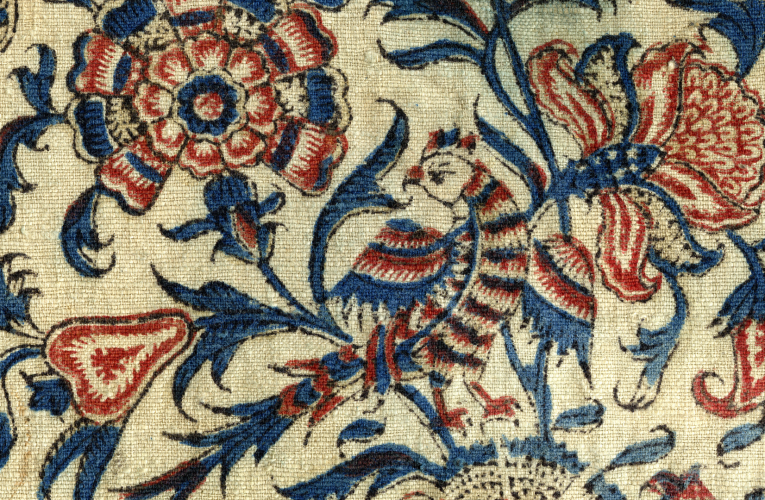
Traditional Tapestries:
- These tapestries often refer to those created during the medieval and Renaissance periods, where they were used as decorative wall coverings in castles, churches, and grand estates.
- Traditional tapestries are characterized by their intricate designs, often depicting historical events, mythological scenes, or elaborate floral and fauna motifs.
- They were typically made using techniques such as the “low warp” or “high warp” weaving methods, resulting in highly detailed and textured pieces.
- Examples include the famous Bayeux Tapestry, which chronicles the events leading up to the Norman Conquest of England.
Modern Tapestries:
- In contrast, modern tapestries encompass those created in more recent times, often reflecting contemporary art styles and designs.
- These tapestries can vary widely in style, from abstract and geometric patterns to bold, vibrant colors and minimalist compositions.
- Modern tapestries might also incorporate unconventional materials and techniques, such as digital printing or mixed media.
- They continue to be popular in interior design, offering a unique way to add art and texture to a space.
Materials Used
Tapestries can be crafted from a range of materials, each contributing to the overall look and feel of the piece.
- Wool: Traditional tapestries often use wool as the primary material due to its durability and ability to hold intricate designs. Wool provides warmth and richness to the tapestry’s colors.
- Cotton: Cotton tapestries are lighter in weight and can offer a more casual or contemporary look. They are often easier to clean and maintain compared to wool.
- Silk: Silk tapestries are luxurious and add a sheen to the artwork. They are prized for their smooth texture and ability to reflect light, creating an elegant and refined appearance.
- Blend of Materials: Some tapestries use a blend of materials, such as wool and silk, to achieve a balance of durability and luxuriousness.
Different Styles and Designs
Tapestries come in a variety of styles and designs, influenced by different regions and time periods. Here are a couple of notable styles:
- Aubusson Tapestries: Originating from the Aubusson region in France, these tapestries are known for their detailed scenes and intricate weaving techniques. They often depict pastoral scenes, floral motifs, and historical events.
- Flemish Tapestries: Hailing from Flanders (modern-day Belgium), Flemish tapestries are celebrated for their realism and fine detail. They were popular during the Renaissance period and often feature landscapes, hunting scenes, and mythological themes.
These are just a few examples, as tapestry styles can vary widely based on cultural influences, historical periods, and the creativity of the artists. Whether traditional or modern, tapestries continue to be cherished as both decorative and artistic expressions, adding a touch of history and beauty to any space.
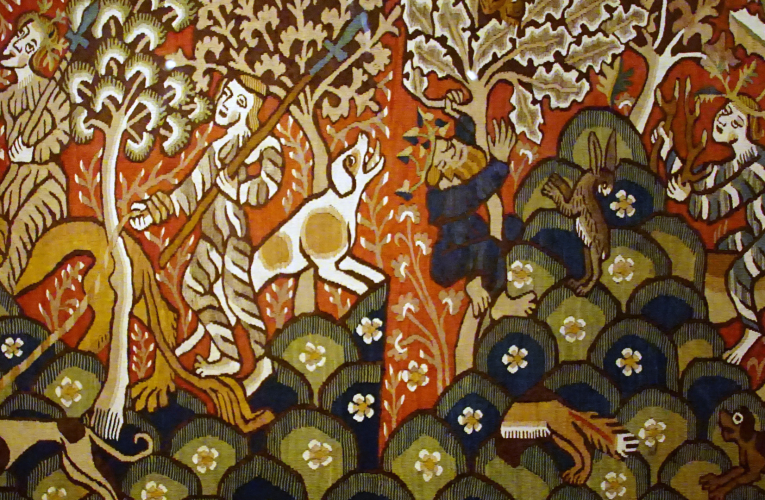
Uses of Tapestries
Historical Uses
Tapestries have a rich history that dates back centuries, where they were highly prized for their intricate designs and functional purposes. Some historical uses include:
- In Castles: Tapestries adorned the walls of medieval castles, serving both decorative and practical functions. They helped insulate stone walls, providing warmth in drafty chambers. Additionally, they showcased the wealth and status of the castle’s owner, often depicting scenes of battle, mythological tales, or daily life.
- In Churches: Churches and cathedrals were also adorned with tapestries, often used to decorate altars, chapels, and large spaces. These religious tapestries depicted biblical scenes, saints, and religious symbolism, adding color and visual interest to the sacred spaces.
Contemporary Uses
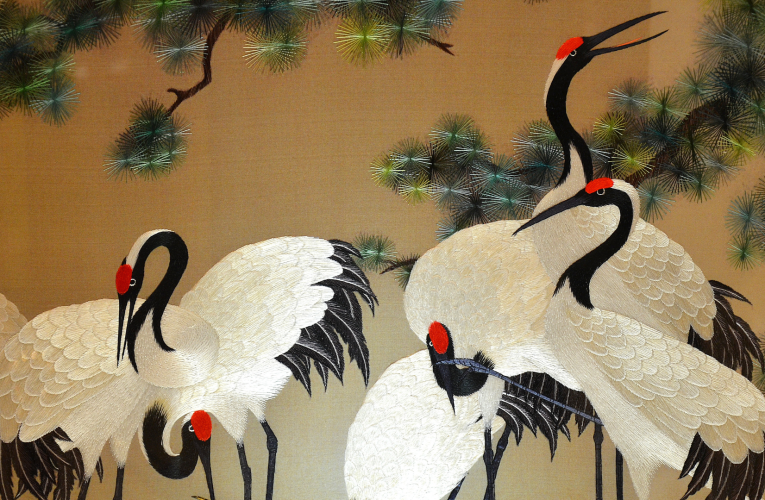
In modern times, tapestries continue to hold a special place in home decor and beyond. Here are some contemporary uses:
- Wall Decoration: One of the most common uses of tapestries today is as wall art. They serve as striking focal points in rooms, adding texture, color, and personality. Whether it’s a bold, large-scale tapestry in a living room or a smaller piece in a bedroom, tapestries can transform a blank wall into a captivating display.
- Room Dividers: Tapestries can be used as decorative room dividers, especially in open-concept spaces or studio apartments. Hanging a tapestry between areas creates a sense of separation while maintaining an open feel. This is particularly useful in creating cozy reading nooks, dressing areas, or dining spaces within a larger room.
- Acoustic Treatment: The thick, woven fabric of tapestries can also serve a practical purpose in home studios or music rooms. They help absorb sound, reducing echoes and creating a more pleasant acoustic environment. This makes them an attractive option for those looking to improve the sound quality of a space without sacrificing style.
- Cultural Significance: Tapestries hold cultural significance in many societies, particularly among Indigenous communities. These tapestries often feature traditional motifs, symbols, and stories passed down through generations. They serve as a way to preserve cultural heritage and showcase unique art forms. Indigenous tapestries can be found in homes, cultural centers, and museums, acting as a bridge between past traditions and contemporary life.
In summary, tapestries have a diverse range of uses that span from their historical roots in castles and churches to contemporary applications in home decor, acoustic treatment, and cultural expression. Whether used as wall art, room dividers, or cultural artifacts, tapestries continue to captivate with their beauty and versatility.
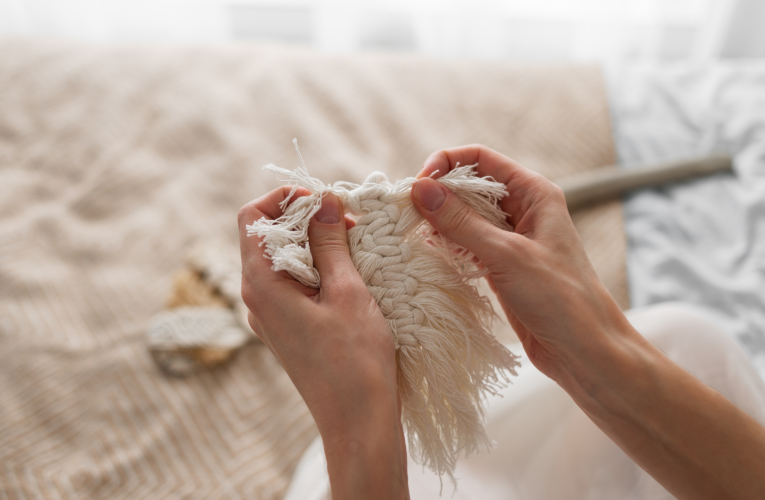
Definition and Purpose
Wall hangings are decorative items designed to be displayed on walls, adding visual interest and personality to a space. Unlike tapestries, which are woven fabric pieces with historical significance, wall hangings encompass a broader range of materials and styles, making them versatile in various interior design themes.
The primary purpose of wall hangings is to enhance the aesthetic appeal of a room. They serve as focal points, adding texture, color, and dimension to walls that might otherwise be plain and empty. Additionally, wall hangings can convey a sense of style, culture, or personal expression, making them an essential component of home decor.
Varieties
1. Fabric-Based
Fabric wall hangings are among the most common and diverse types. They can range from simple canvas prints to intricately woven textiles. Some popular examples include:
Printed fabric art: Designs printed onto fabric, often featuring patterns, quotes, or images.
Embroidered wall hangings: Textiles with embroidered designs, adding texture and detail.
Quilts and tapestry-style hangings: Fabric pieces with patchwork, weaving, or tapestry techniques.
2. Macramé
Macramé wall hangings have seen a resurgence in popularity in recent years. This art form involves knotting threads or cords to create intricate patterns and designs. Macramé wall hangings often have a bohemian or minimalist aesthetic, adding a touch of handmade charm to a room.
3. Metal or Wood
Wall hangings made from metal or wood offer a contemporary and sometimes industrial look. These pieces can range from sculptural metal art to wooden carvings or geometric designs. They provide a modern touch to a space and often serve as striking statement pieces.
Considerations for Choosing Wall Hangings
When selecting a wall hanging for your space, consider the following factors to ensure it complements your decor:
Size
• Consider the wall space available: A large, bold wall hanging can make a statement in a spacious room, while smaller pieces might be suitable for more confined areas.
• Proportion: Ensure the size of the wall hanging is appropriate for the wall it will adorn. A small piece might get lost on a large, empty wall, while an oversized piece could overwhelm a smaller space.
Color
• Harmonize with existing decor: Choose colors that complement or contrast with your room’s color scheme. A complementary color can tie the room together, while a contrasting color can create visual interest.
• Mood and atmosphere: Consider the mood you want to evoke in the room. Warm colors like reds and oranges can create a cozy feel, while blues and greens offer a calming ambiance.
Texture
• Add dimension: Textured wall hangings, such as woven fabrics or macramé, can add depth and tactile interest to a wall.
• Blend with other textures: Consider the textures of your furniture and decor. Mixing textures can create a visually appealing and balanced space.
Style
• Reflect personal taste: Choose a wall hanging that resonates with your style and personality. Whether it’s bohemian, minimalist, traditional, or modern, the wall hanging should feel like an extension of your aesthetic.
• Theme and context: Ensure the wall hanging fits the overall theme of the room. For example, a nature-themed piece might be perfect for a botanical-inspired room.
Differences Between Tapestries and Wall Hangings
When it comes to home decor, tapestries and wall hangings are often used interchangeably, but there are distinct differences between the two that can impact how they are used and appreciated in a space. Let’s explore these differences:
1. Material:
- Tapestries: Tapestries are traditionally woven fabric pieces. Historically, they were crafted from materials like wool, cotton, and silk. This weaving process gives tapestries a textured, layered appearance that adds depth to their designs.
- Wall Hangings: In contrast, wall hangings can be made from a variety of materials. While fabric is a common choice, wall hangings can also be crafted from metal, wood, macrame, or other materials. This diversity allows for a wide range of textures and finishes in wall hangings.
2. Design:
- Tapestries: One of the defining features of tapestries is their intricate and often elaborate designs. These designs can depict detailed scenes, historical events, landscapes, or patterns. Tapestries are like woven paintings, telling stories through their artistry.
- Wall Hangings: Wall hangings, on the other hand, can encompass a broader range of designs. They can be abstract, geometric, minimalist, or even simple textural pieces. While some wall hangings may feature detailed designs, they are not typically as intricate or narrative-driven as tapestries.
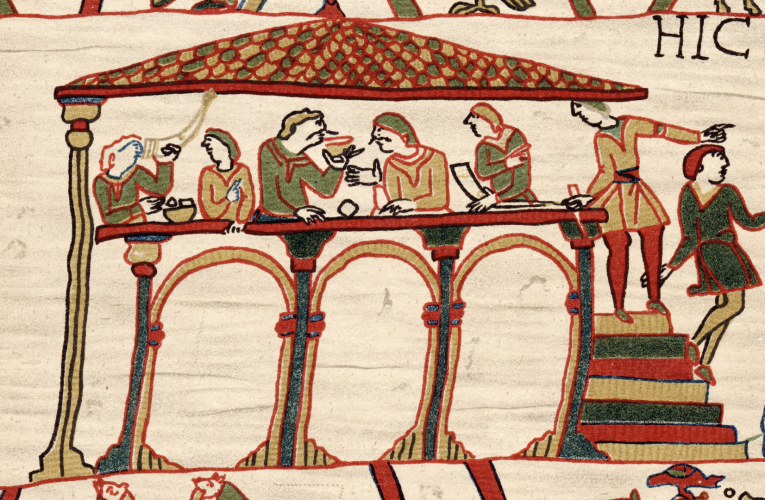
3. Function:
- Tapestries: Historically, tapestries served practical functions beyond decoration. They were used as insulation against cold stone walls in castles and palaces, offering both warmth and beauty. Additionally, tapestries were often displayed to showcase wealth and status. Today, they are still used for decoration but may not serve the same insulation purposes.
- Wall Hangings: Wall hangings, on the other hand, are primarily decorative in function. While they can add visual interest and style to a room, they do not have the same historical practicality as tapestries. Wall hangings are often chosen to complement the decor theme or color scheme of a space.
4. Size:
- Tapestries: Due to their historical uses in large spaces like castles and churches, tapestries tend to be larger in size. They were designed to cover entire walls or serve as dramatic focal points in grand rooms. The size of a tapestry can make a bold statement in a space.
- Wall Hangings: Wall hangings can vary significantly in size. They can be small accent pieces to add interest to a gallery wall, medium-sized pieces to hang above furniture like a bed or sofa, or large statement pieces that serve as a room’s centerpiece. The versatility in size makes wall hangings adaptable to various spaces and design preferences.
Similarities Between Tapestries and Wall Hangings
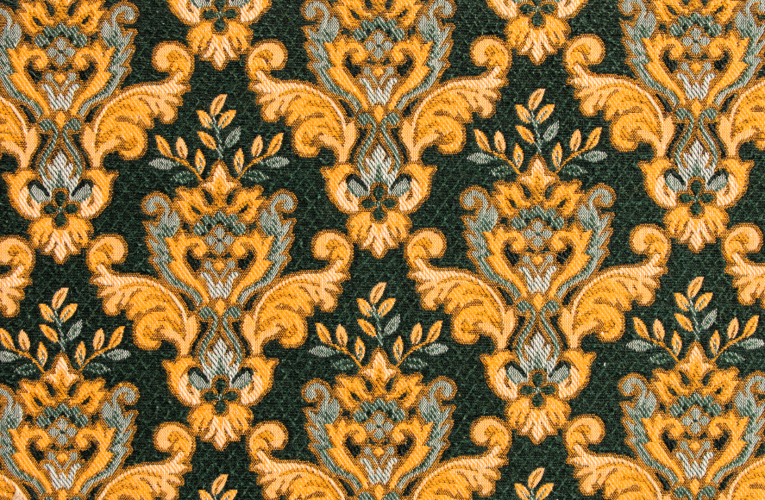
When exploring the differences between tapestries and wall hangings, it’s also important to recognize the similarities they share. Despite their distinct characteristics, both tapestries and wall hangings serve similar purposes in home decor:
1. Both Used for Decoration
- Visual Appeal: Tapestries and wall hangings are both chosen for their aesthetic qualities. They serve as decorative elements that can transform the ambiance of a room.
- Enhancing Spaces: Whether it’s a large tapestry depicting a historical scene or a small macrame wall hanging, both types of decor pieces are chosen to enhance the visual appeal of a space.
2. Can Add Texture, Color, and Interest to a Room
- Texture: Tapestries and wall hangings often introduce varying textures to a room. A woven tapestry might bring a tactile quality, while a metal wall hanging adds a smooth and reflective surface.
- Color: Both types of decor are chosen for their ability to introduce color into a room’s color scheme. They can be used to tie together different hues in the space or to create a focal point with a bold splash of color.
- Interest: These pieces serve as conversation starters and focal points. Whether it’s a tapestry depicting a historical event or a modern, abstract wall hanging, they draw the eye and create visual interest.
3. Often Considered Art Pieces
- Artistic Value: Tapestries and wall hangings are not just decorative items; they are often considered works of art. Many tapestries, especially historical ones, are intricate masterpieces that require skilled craftsmanship.
- Artistic Expression: Wall hangings, particularly those made by modern artists and artisans, are often unique and expressive pieces of art. They can reflect the creator’s style, culture, and creativity.
Tips for Choosing the Right Piece:
- Consider the Room’s Style: Choose a tapestry or wall hanging that complements the overall style of the room. For example, a vintage-inspired tapestry might suit a bohemian or eclectic room, while a modern abstract wall hanging could work well in a contemporary space.
- Size Matters: Ensure the size of the piece is appropriate for the wall space you have in mind. A large tapestry can make a bold statement, while smaller wall hangings can be grouped together for a curated look.
- Color Palette: Consider the colors in your room’s decor. You can choose a tapestry or wall hanging that either complements the existing color scheme or adds a pop of contrasting color for visual interest.
- Texture and Material: Think about the texture and material of the piece. A woven tapestry can add warmth and depth, while a metal or wooden wall hanging can bring a different kind of texture to the space.
Placement Ideas:
- Above a Bed or Sofa:
- Placing a tapestry or wall hanging above a bed or sofa can create a stunning focal point in the room.
- For above a bed, make sure the piece is centered and hangs slightly above the headboard.
- Above a sofa, consider the size of the furniture and hang the piece at eye level for optimal viewing.
- Focal Point in a Room:
- Use a tapestry or wall hanging as a focal point in a room that lacks architectural interest.
- Hang it on a blank wall to instantly draw attention and add character.
- Consider placing it in the center of the wall or off-center for an asymmetrical look.
- In a Gallery Wall Arrangement:
- Create a gallery wall with a mix of tapestries, wall hangings, and other art pieces.
- Mix and match different sizes, shapes, and textures for a visually dynamic display.
- Start with the largest piece in the center and work your way outward, filling in the space with smaller pieces.
- Mixing and Matching with Other Decor Elements:
- Don’t be afraid to mix different types of wall decor. Pair a tapestry with framed artwork, mirrors, or shelves to create a layered look.
- Mix textures by combining a woven tapestry with metal or wooden wall hangings.
- Consider the balance of elements in the room and place the tapestry or wall hanging where it enhances the overall aesthetic without overpowering other decor.


